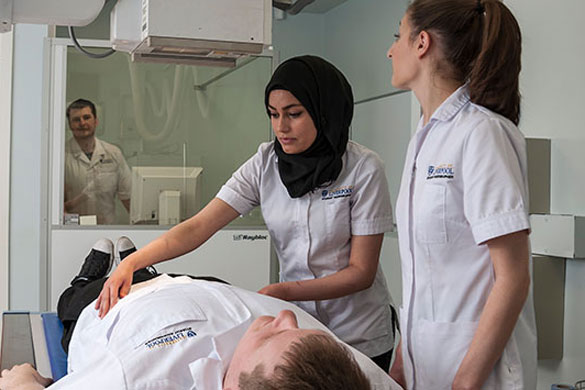Image Source: Google
In the field of counseling, continuous learning is essential for growth and success. For beginners who are just starting their journey in this field, it is crucial to equip themselves with the necessary skills and knowledge to navigate the complexities of counseling effectively. With the right training and guidance, beginners can build a strong foundation that will set them up for a successful career in counseling. If you want to know more about counseling trainings, you can explore this link.
Importance of Counseling Trainings
Participating in counseling trainings as a beginner can provide numerous benefits that will help you in your professional development. Here are some reasons why counseling trainings are essential:
Benefits of Counseling Trainings:
- Enhance your counseling skills and knowledge
- Stay updated on the latest trends and research in the field
- Gain practical experience and hands-on training
- Build a strong professional network
- Boost your confidence and competence as a counselor
Essential Counseling Trainings for Beginners
As a beginner in the field of counseling, there are certain training programs that you should consider to kickstart your career. Here are some essential counseling trainings for beginners:
1. Introduction to Counseling
An introductory course in counseling will provide you with the foundational knowledge and skills needed to understand the principles of counseling. This training will cover basic counseling techniques, communication skills, and ethical considerations in counseling practice.
2. Counseling Theories and Approaches
Understanding different counseling theories and approaches is essential for beginners to develop their own counseling style. This training will introduce you to various theoretical frameworks such as cognitive-behavioral therapy, psychodynamic therapy, and person-centered therapy.
3. Trauma-Informed Care
As a counselor, you will work with clients who have experienced trauma in their lives. A training in trauma-informed care will help you understand the impact of trauma on individuals and how to provide appropriate support and interventions.
4. Counseling Ethics and Legal Issues
Ethical considerations are paramount in the field of counseling. This training will cover ethical guidelines, boundaries in counseling relationships, confidentiality, and legal issues that counselors need to be aware of to practice ethically and responsibly.
5. Group Counseling Skills
Group counseling is a common practice in the field, and developing skills in leading group sessions is essential for counselors. This training will teach you how to facilitate group discussions, manage group dynamics, and support group members effectively.
Choosing the Right Counseling Training Program
With the plethora of counseling training programs available, it is important to choose the right program that aligns with your goals and interests. Here are some factors to consider when selecting a counseling training program:
Factors to Consider:
- Accreditation and recognition of the training program
- Curriculum and course content
- Expertise and experience of trainers
- Mode of delivery (in-person or online)
- Cost and affordability of the program
- Opportunities for practical experience and internships
Continuing Education and Professional Development
After completing essential counseling trainings as a beginner, it is important to continue your education and professional development to stay current in the field. Here are some ways to further your knowledge and skills as a counselor:
Ways to Further Your Education:
- Attend advanced counseling workshops and seminars
- Pursue specialized certifications in counseling areas of interest
- Engage in peer supervision and consultation groups
- Read professional journals and research articles
- Participate in online webinars and conferences
- Seek mentoring from experienced counselors
Conclusion
Embarking on a career in counseling can be a rewarding and fulfilling journey. By investing in essential counseling trainings as a beginner, you can build a solid foundation of skills and knowledge that will guide you towards success in the field. Remember to stay committed to continuous learning and professional growth to develop your expertise as a counselor.
.jpeg?sfvrsn=c20fc1cf_1)






